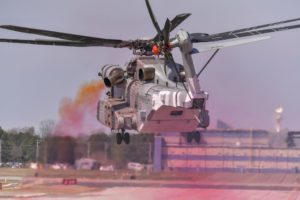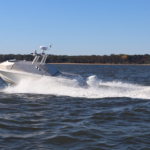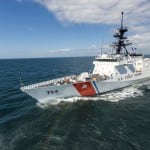
The Naval Air Systems Command (NAVAIR) said a team of government and industry engineers have solved and mitigated an engine integration issue for the CH-53K King Stallion helicopter this week. During flight tests, the Marine Corps found several design deficiencies in the aircraft, including a re-ingestion of exhaust into the helicopter’s three engines. These issues delayed operational testing and pushed back the CH-53K’s entry into service to at least 2021 (Defense Daily, May 6). The Navy said a “tiger team”…

 By
By 











